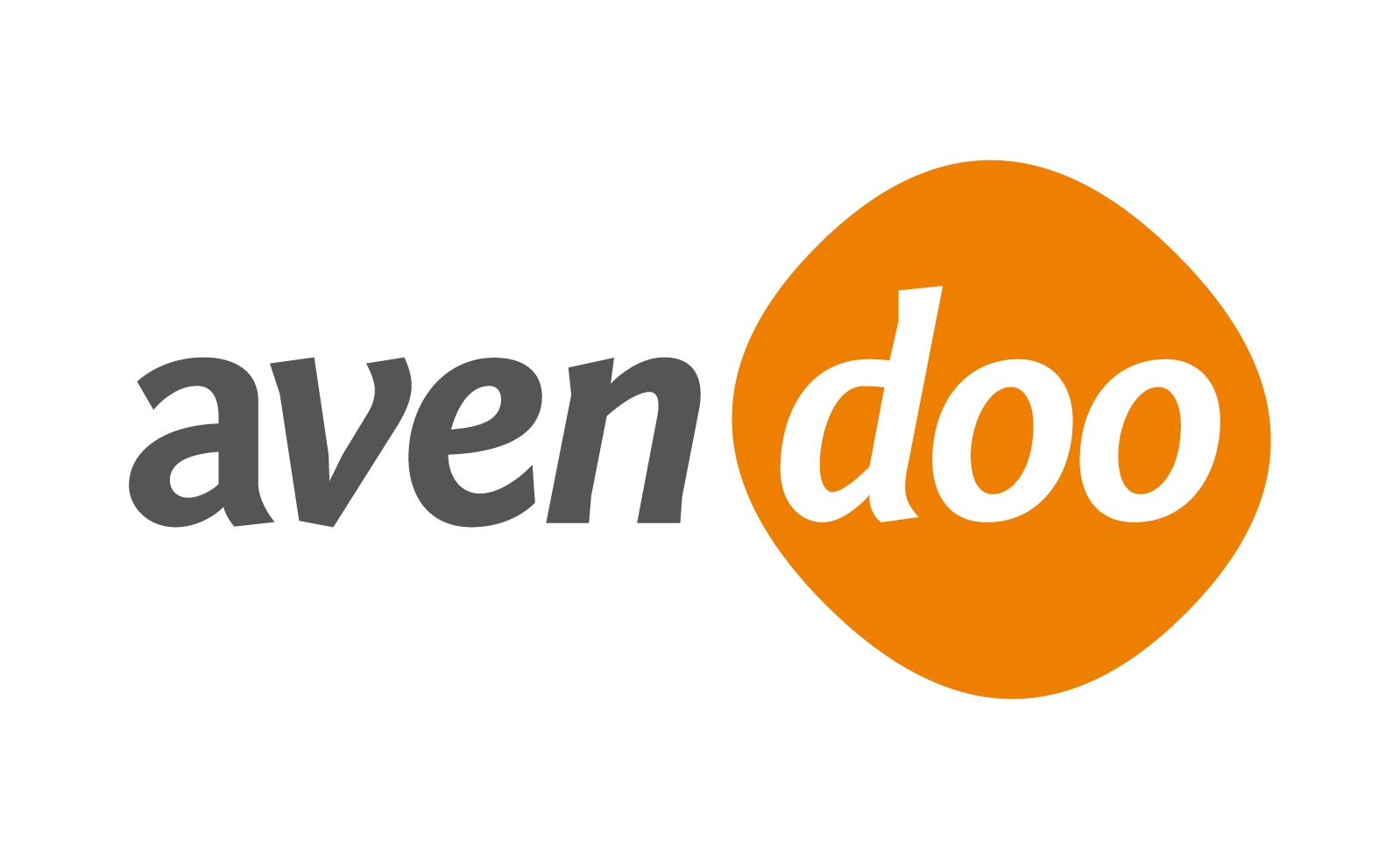The Organizational unit (abbreviated OU) represents a department for example in which an employee (user or author) works.
An OU as prerequisite is used as filter value for example for functions like rules on participants, the team leader cockpit or the reporting.
In the following texts you see three variants and examples. Also you can read about entering OUs in report filters or rules on participants including examples.
Variant 1
You got the following characteristics in the first variant:
- Hierarchic (the longer the name of the OU the smaller or more exactly the quantity of persons)
- with parts of constant length (3 or 4 characters for example)
- with consistent delimiter between the levels or parts (“-” for example)
Example: “EHR-KMU-PB1-TL1”
Explanation of the abbreviations
EHR stands for the unit of the company like HR, Development, Research, Distribution
KMU represents the sub unit like call center or customer support
PB1 stands for the location like the region or the abbreviation of the town with the number of the establishment
TL1 represents the abbreviation of the team; there are several teams at one location for example
Variant 2
You got the following characteristics in the second variant:
- Hierarchic (the longer the name of the OU the smaller or more exactly the quantity of persons)
- with parts which can have different length
- with delimiter („:“) prefix for the meaning of the single sections. This is required if the parts got different length and thus different parts can stand at the same character position. Examples for delimiter and prefix: „:co=“, „:vg=“
Example: re=Europe:co=DE:bu=Development Office:tu=IT MGMT SERVICE:vg=12345678
Explanation of the abbreviations
re= region (geographic classification)
co= country
bu= business unit
tu= technical unit
vg= abbreviation of the superior who leads a team
Variant 3
You got the following characteristics in the thrid variant:
- Non-hierarchic; the OU represents directly a team with the same superior
- The OU is based only on the user name of the superior, for example the personnel number, branch number, cost center or the description of the location
Example: “6890230”
Entering OUs in report filters and rules on participants
You can filter in reports or rules on participants by OUs. Therefore you enter
- the complete OU which should be searched for or
- parts of the OU by entering wildcards like “%” or “_”.
Examples
- “EHR-KMU-PB1-%” – This OU rule on participant would consider by this all users whom OU starts with “EHR-KMU-PB1-“.
- “%KMU-PB1%” – This string has to be at one place in the OU.
- “EHR-KMU-PB_” – All OUs are shown which start with “EHR-KMU-PB” and contain exactly further one optionally character.
- “______” (6 times underscore) – You want to be shown all OUs with a length of minimum 6 characters.


